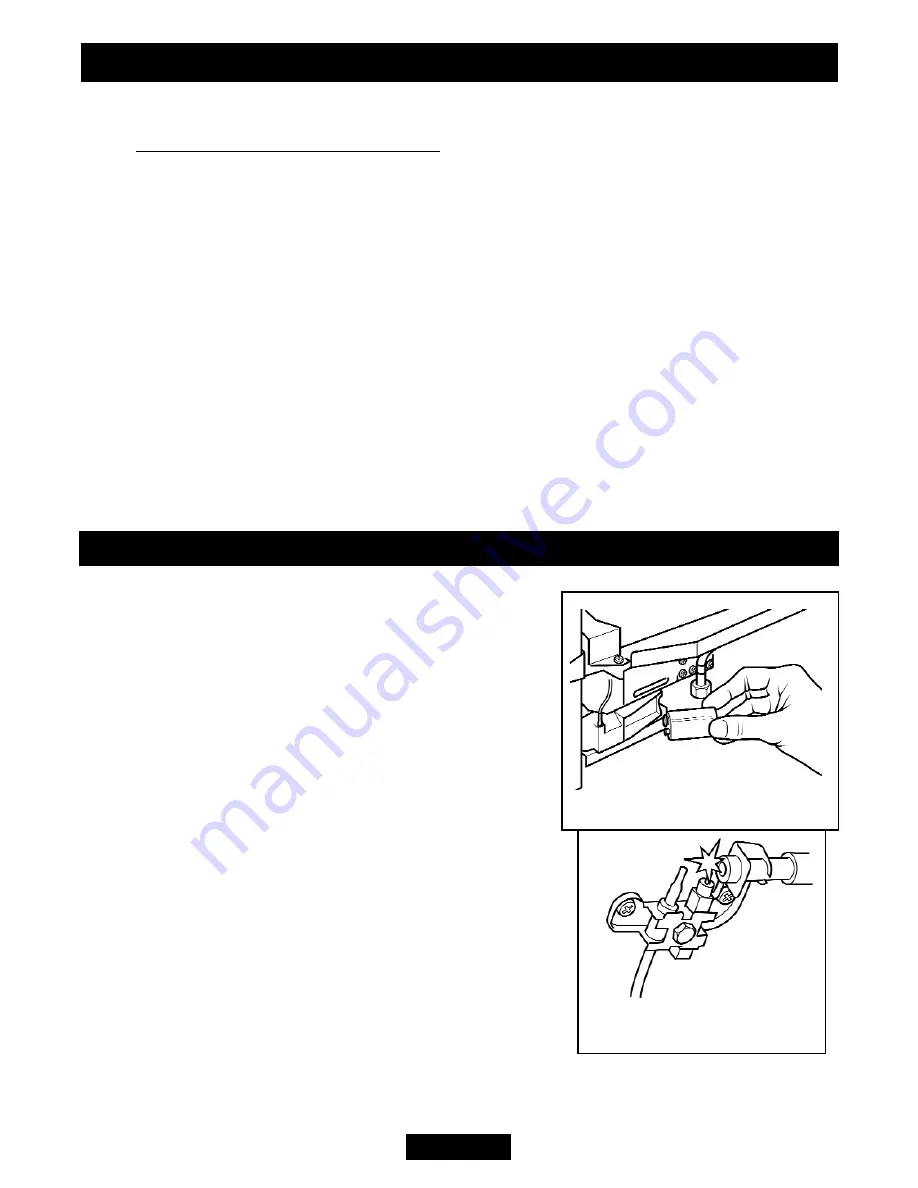
have deteriorated due to prolonged use, they should be made sound with suitable
cement.
6.1.4
Installations using a metal flue box
The top, sides and rear surface of the metal flue box must be covered with a 50mm
layer of mineral wool or equivalent insulation (See figure 2).
Important Note
: Where the flue box has a base sheet that is single wall (i.e. a single
metal sheet) the flue box must be mounted on a non-combustible hearth. The hearth
material must be at least 12mm thick.
6.2 Fireplace flue pull.
Close all doors and windows in the room in which the appliance is to be installed.
After confirming with a match that smoke is drawn into the flue, light a 13 gram smoke
pellet and check that there is a definite flow through the flue. Verify outside that the
smoke exits from one terminal only and that the termination is suitable. Observe,
where possible, upstairs rooms and loft spaces for signs of escaping smoke indicating
a defective flue. If there is not a definite flow warm the flue for a few minutes and
repeat the smoke pellet test. If there is still no definite flow the flue may need remedial
work –
Do not fit the appliance until there is a definite flow through the flue.
7. IGNITION CHECK
Before attempting to install, it is worth checking that
the electronic ignition system performs satisfactorily.
Fit the battery to the ignition block located below the
burner tray at the left side (See figure 8). The positive
terminal (+) is to the bottom as you insert.
Depress the slider knob as far as it will go and hold in
this position. This should close the ignition circuit and
sparks should be seen tracking from the electrode pin
to the pilot tip (See figure 9).
If there are no sparks make the following checks.
Check condition of battery and that it is correctly
fitted.
If the above is satisfactory, check the ignition circuit
and components - see the servicing section in this
guide.
©
Baxi Heating U.K. Limited 2008.
Page 19
INSTALLER GUIDE
Figure 9. Slider control
Figure 8. Fitting the battery
















































